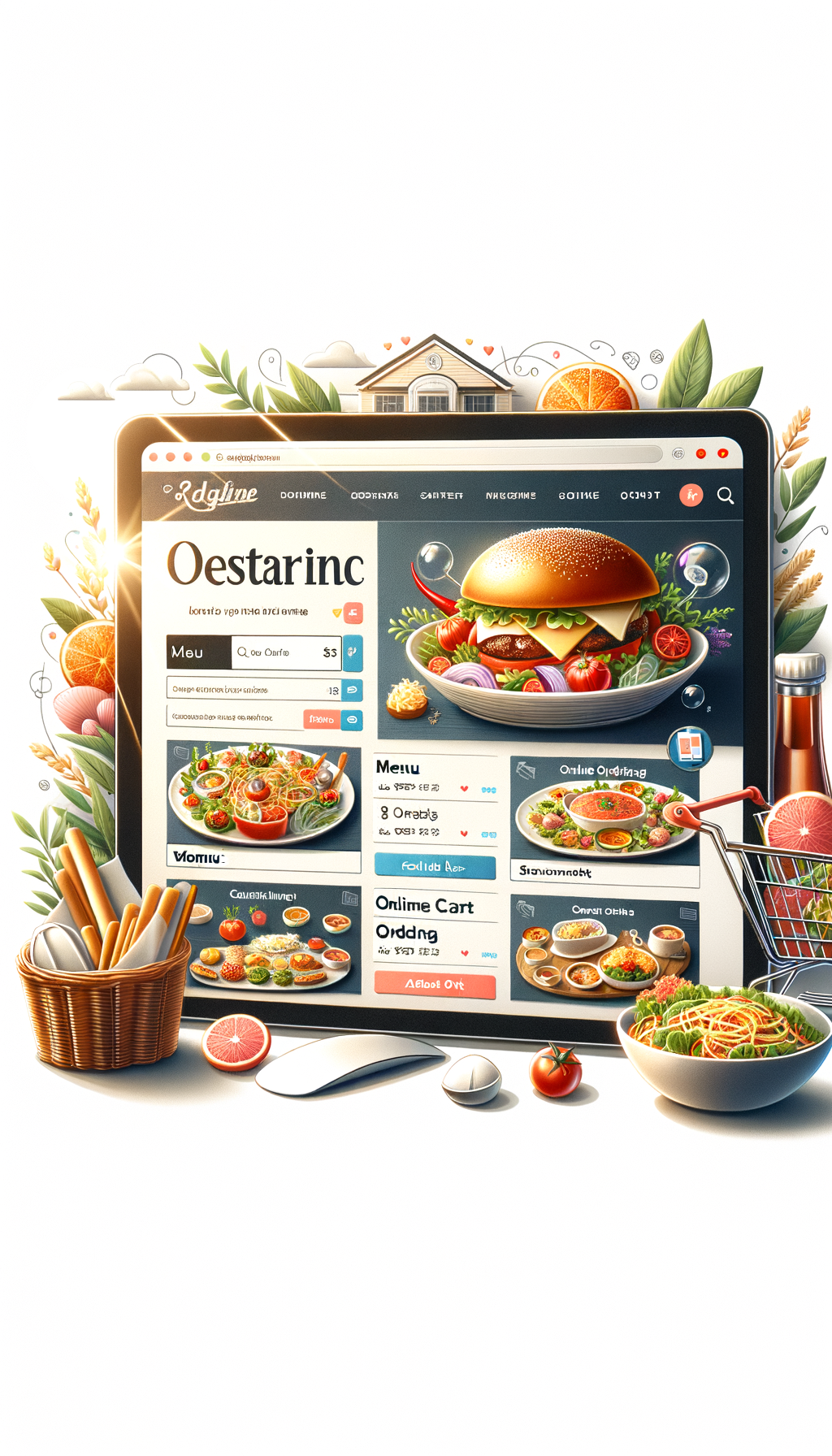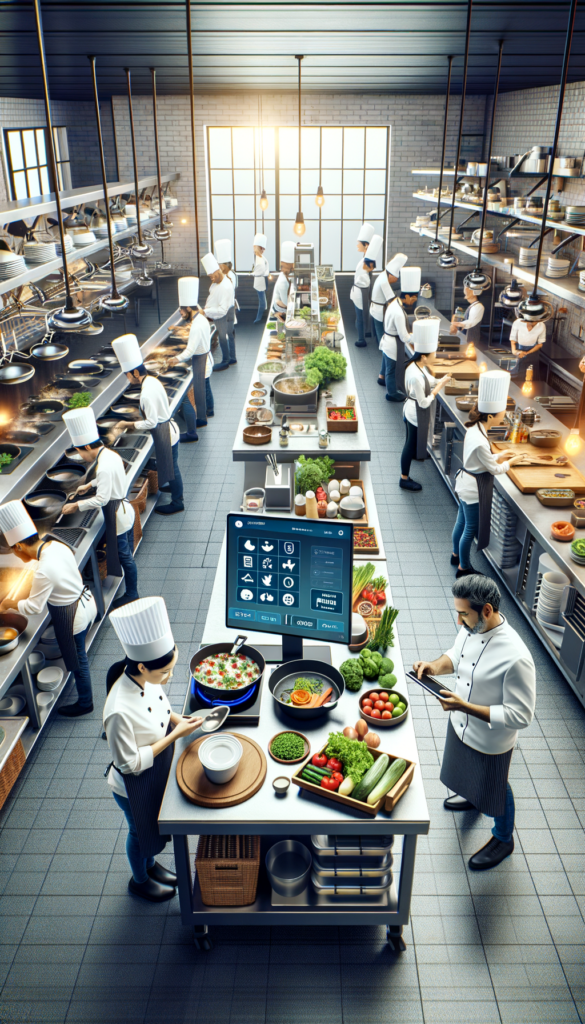Boost Your Restaurant’s Online Ordering Sales with Ease

Elevate your restaurant’s online ordering with these essential strategies!
Streamlining Success: The Impact of Online Ordering

Discover how online ordering enhances operations, satisfaction, and sales.
Maximizing Restaurant Success with Online Ordering Systems

Unlock restaurant potential with effective online ordering strategies.
Essential Steps for Launching Your Online Food Ordering System

Discover essential steps for setting up your online food ordering system.
Maximize Efficiency with Customized Online Ordering Receipts on Toast POS

Customize your online ordering receipts with Toast POS to print at specific printers, print only when checks are paid, or not print at all. Streamline your operations, reduce waste, and enhance customer satisfaction with these easy-to-implement features.
Streamline Your Catering Business with Toast’s Online Ordering Sites

Boost your catering business with Toast’s multiple online ordering sites. Display special menus for events, holidays, and more, providing a tailored, efficient customer experience that enhances satisfaction and drives repeat business.
5 Strategies to Unlock the Full Potential of Online Ordering

Unlock the full potential of your restaurant’s online ordering system with these 5 strategies. From mobile-optimized menus to POS integrations, learn how to boost sales and streamline operations with expert tips from Phoenix Geeks. Call 833-PHX-Geek today!
How Online Ordering Platforms Are Revolutionizing Dining Choices

Online ordering platforms are transforming dining choices with convenience, variety, and personalization, reshaping how we experience food. Explore the future of dining today!
Crafting an Enticing and Efficient Menu for Online Ordering

An enticing and efficient online menu is key to maximizing sales and providing a seamless customer experience. Learn how to simplify your menu, use engaging descriptions, high-quality photos, and optimize for mobile to drive sales and enhance customer satisfaction.
Boost Your Restaurant’s Success with Toast’s Digital Storefront Suite: The Power of Online Ordering

Discover the power of Toast’s Online Ordering as part of the Digital Storefront Suite. Seamlessly integrated with other tools, it enhances customer experience, provides valuable data insights, and simplifies marketing efforts. Elevate your restaurant’s digital presence with Toast today!
The Hidden Cost of Wavering Internet Connections: How to Protect Your Profits

A wavering internet connection might be costing brands dozens of transactions per day and thousands of dollars per year. Identifying and addressing repeated network issues through proactive network management is crucial for operational efficiency and customer satisfaction.
The Best Way to Develop Your Toast Menu for Online Ordering

Optimize your online menu with Toast POS by using high-quality images, clear descriptions, and effective categorization. Leverage modifiers for customization and keep your menu updated to attract and retain customers.
Boost Your Restaurant’s Efficiency with Toast Online Ordering and Digital Solutions

Enhance your restaurant’s efficiency with Toast’s online ordering and digital solutions. Streamline operations, delight customers, and boost revenue with seamless integration and powerful analytics. Join the Toast community and thrive in the digital era.
Enhancing Restaurant Operations with Integrated Online Ordering and Delivery Systems

Integrate online ordering and delivery systems to streamline restaurant operations and enhance customer experience. Call Phoenix Geeks at 833-PHX-Geek today!
Secure Your Restaurant’s Operations with Cellular Backup: Why It’s a Must-Have

Discover the crucial role of cellular backup in maintaining seamless restaurant operations during internet outages, ensuring continuous service and customer satisfaction.
